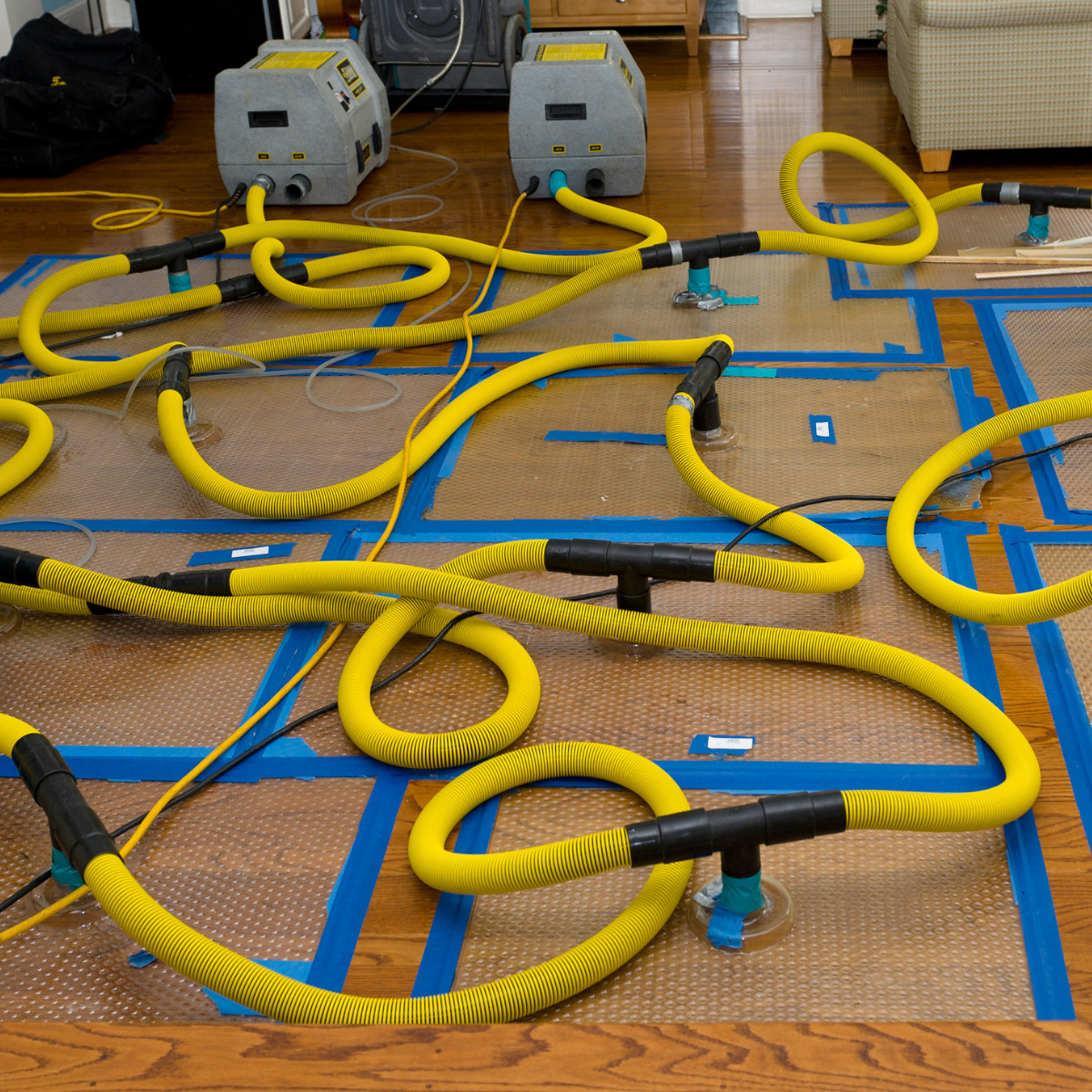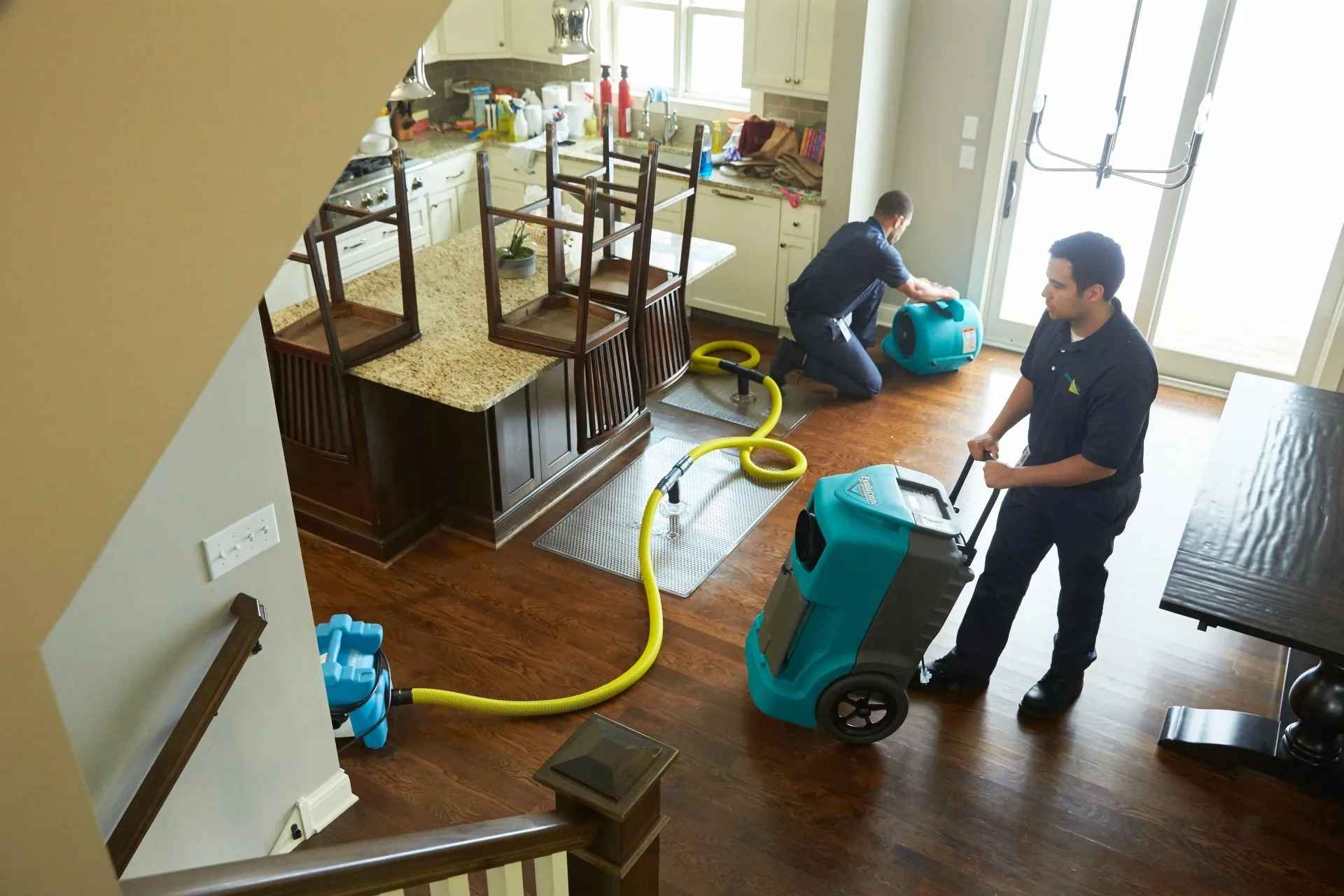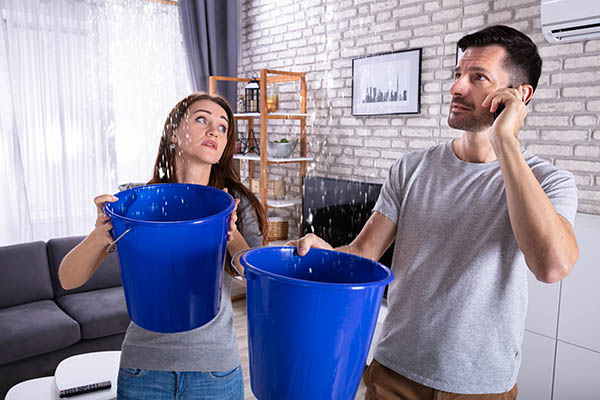Water Damage Restoration 101: Comprehending the Process and Cost
Water damage can strike all of a sudden, leaving property owners in a state of complication. Understanding the remediation procedure is important for efficient healing. From reviewing the damage to choosing the right provider, each step affects the total end result and expense. Factors such as the kind of water damage and necessity likewise play a considerable function. What are the details methods used in restoration, and how can one prepare for potential expenditures?
Kinds Of Water Damage

Preliminary Evaluation and Inspection

Water Extraction Techniques
Complying with the preliminary evaluation, efficient water extraction methods are employed to minimize damage and avoid further concerns. These methods include the usage of specialized devices such as submersible pumps and industrial-grade vacuums - Water Damage Restoration. The choice of approach depends on the volume of water present and the kind of materials impacted. For standing water, completely submersible pumps are commonly utilized for rapid removal, while vacuums are excellent for removing water from carpets and furniture. In addition, advanced methods like water extraction mats might be used for hard-to-reach areas - Flood Cleanup Services. The objective is to remove as much water as feasible, decreasing the possibility for mold growth and architectural damage. Prompt and effective water extraction is necessary in the general water damage remediation process
Drying and Dehumidification Process
Once the water extraction is full, the drying out and dehumidification process ends up being essential to restoring the afflicted area. This stage commonly employs industrial-grade dehumidifiers and air movers to properly minimize dampness degrees. The dehumidifiers draw in wet air, getting rid of excess moisture, while air movers circulate air to speed up evaporation. Tracking equipment is usually utilized to track humidity and temperature levels, guaranteeing suitable drying out conditions. The period of this procedure can differ depending on the extent of the water damage and environmental factors. It is necessary to extensively completely dry all impacted products, consisting of wall surfaces, floor covering, and furnishings, to stop mold and mildew growth and structural damage. Appropriate implementation of this action is essential for an effective remediation outcome.
Cleaning and Sanitizing Affected Areas
Once the drying procedure is full, a thorough first analysis and assessment of impacted areas is essential to recognize contamination levels. Reliable cleansing strategies and proper items have to after that be utilized to eliminate debris and stains. Sanitization and sanitation techniques are vital to assure that dangerous microorganisms are eliminated, bring back the area to a secure problem.
Preliminary Assessment and Inspection
Before beginning any repair efforts, an extensive initial assessment and evaluation of the influenced locations are important for efficient cleansing and sanitizing. This procedure includes determining the degree of water damage, establishing the resource of the water invasion, and examining the products impacted. Assessors typically try to find indications of mold development, architectural honesty problems, and damaged personal belongings. The assessment also consists of examining dampness degrees making use of specific tools to ensure no concealed water pockets continue to be, as these can cause further complications. Documenting the findings is essential for planning the next action in the remediation procedure. An in-depth preliminary assessment allows repair experts to design a targeted method for efficient cleaning and disinfecting, ultimately lessening damage and health dangers.
Cleaning Up Methods and Products
Efficient cleaning and sterilizing of water-damaged locations require a range of methods and products tailored to the specific products impacted. For porous surfaces like drywall and carpets, extraction methods are vital to remove excess wetness, adhered to by deep cleansing with specialized detergents. Non-porous materials such as floor tile or metal can be cleansed utilizing commercial-grade cleaners that properly remove impurities. Steam cleansing is one more effective technique, specifically for rugs and upholstery, as it utilizes high temperature levels to eliminate bacteria and mold and mildew (Flood Cleanup Services). Additionally, environmentally friendly items are significantly preferred for their security and effectiveness - Water Extraction And Drying. Eventually, choosing the ideal cleansing methods and products not just assures instant cleanliness however additionally aids in preventing more damage and carcinogen connected with water intrusion
Sanitization and Disinfection Approaches
When resolving water damage, correct sanitization and disinfection techniques are vital to guarantee the security and wellness of the damaged environment. After preliminary cleansing, surfaces have to be treated with suitable anti-bacterials to remove virus, mold and mildew, and bacteria that grow in moist problems. Usual methods include using EPA-approved chemical disinfectants, website which can be used via splashing or cleaning techniques. Furthermore, ultraviolet (UV) light systems can effectively sterilize locations by reducing the effects of microorganisms without severe chemicals. The selection of approach often depends on the sort of materials influenced and the level of contamination. Inevitably, thorough sanitization not just recovers a secure living area however also aids prevent future health dangers related to remaining moisture and mold development.

Repairs and Restoration Options
Assessing the damage triggered by water direct exposure is crucial for establishing the ideal repairs and remediation choices. Home owners might encounter numerous problems, consisting of damaged drywall, warped floor covering, and jeopardized structural aspects. Depending upon the level of the damage, fixings might entail changing areas of drywall, mounting brand-new floor covering, or strengthening structural beams. In cases of extreme damage, total substitute of afflicted materials may be required. Additionally, professional conservators typically recommend making use of wetness meters to assess surprise wetness levels prior to picking the best training course of activity. It is necessary to act promptly to stop mold and mildew growth and further deterioration. Picking the right choices not only recovers the home however likewise guarantees long-lasting safety and security and functionality.
Variables Influencing Restoration Prices

The extent of water damage directly affects the remediation costs homeowners can anticipate to incur. Variables such as the source of the water, the period of direct exposure, and the affected products greatly influence pricing. Clean water damage from a broken pipe is normally much less costly to bring back contrasted to damage created by sewer. In addition, the degree of contamination determines the demand for specialized cleansing and disposal services, better enhancing expenditures. Geographical area likewise contributes, as regional labor rates and accessibility of repair services can differ. The necessity of the action impacts expenses; quicker interventions generally lead to lower total costs by avoiding further damage. Recognizing these aspects is vital for home owners when approximating repair expenses.
The 3 main kinds of water damage are categorized based on contamination degrees: tidy water, gray water, and black water. A complete preliminary evaluation and inspection are essential steps in the water damage reconstruction process. For standing water, submersible pumps are typically utilized for quick removal, while vacuum cleaners are excellent for drawing out water from carpets and furniture. The level of water damage straight affects the restoration costs property owners can expect to incur. Tidy water damage from a busted pipe is typically much less expensive to recover compared to damage triggered by sewer.